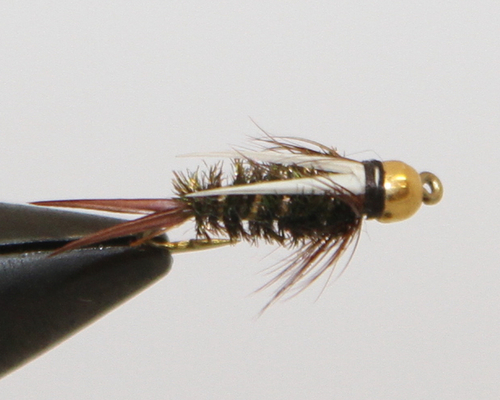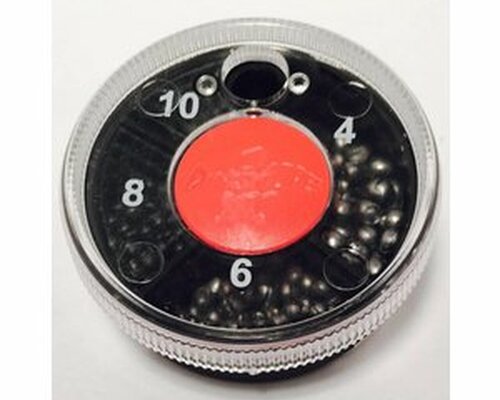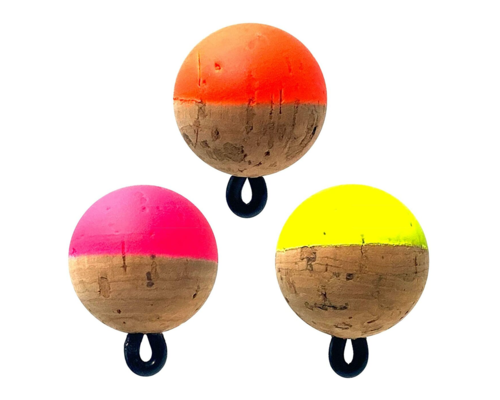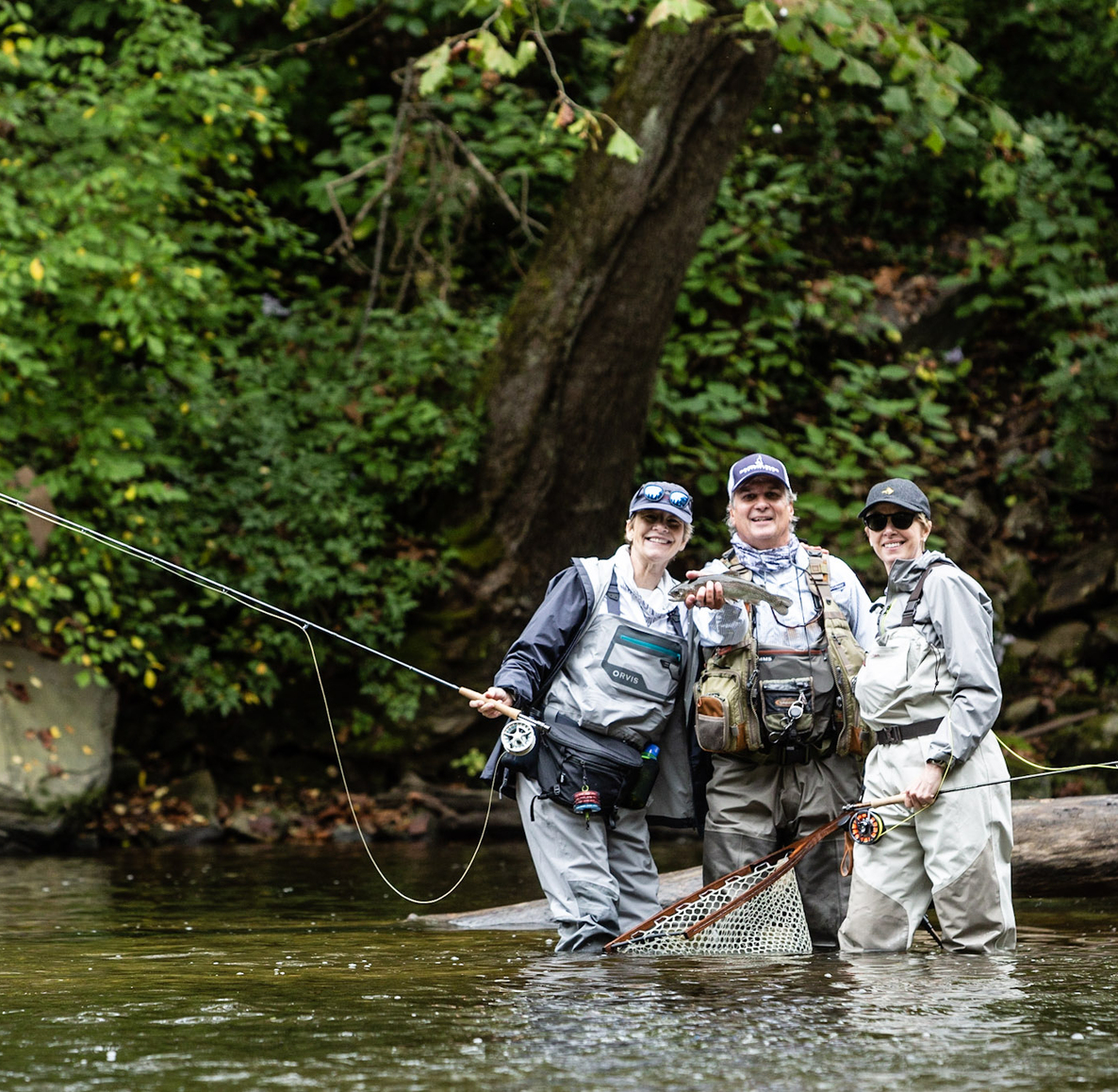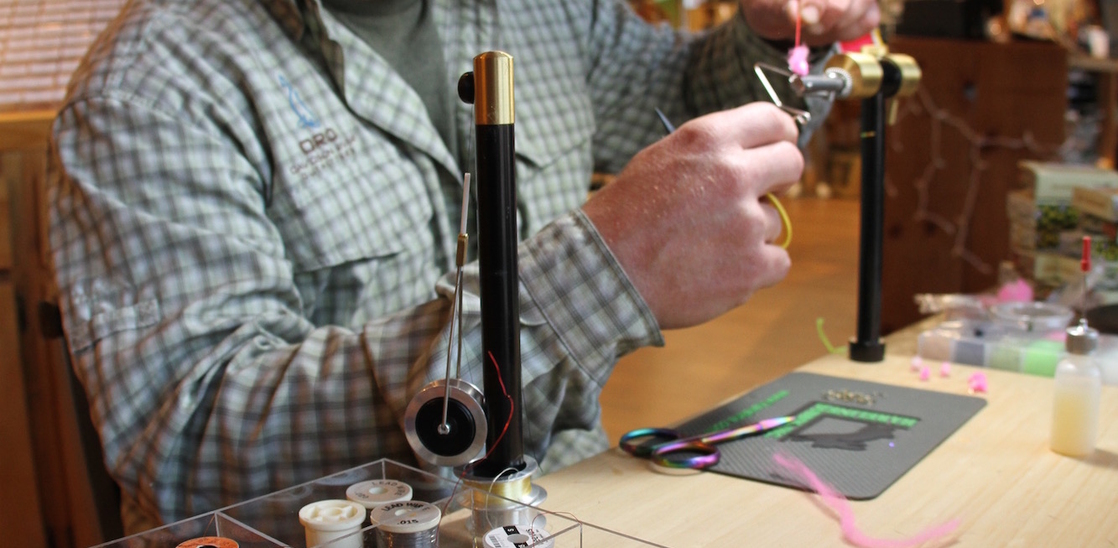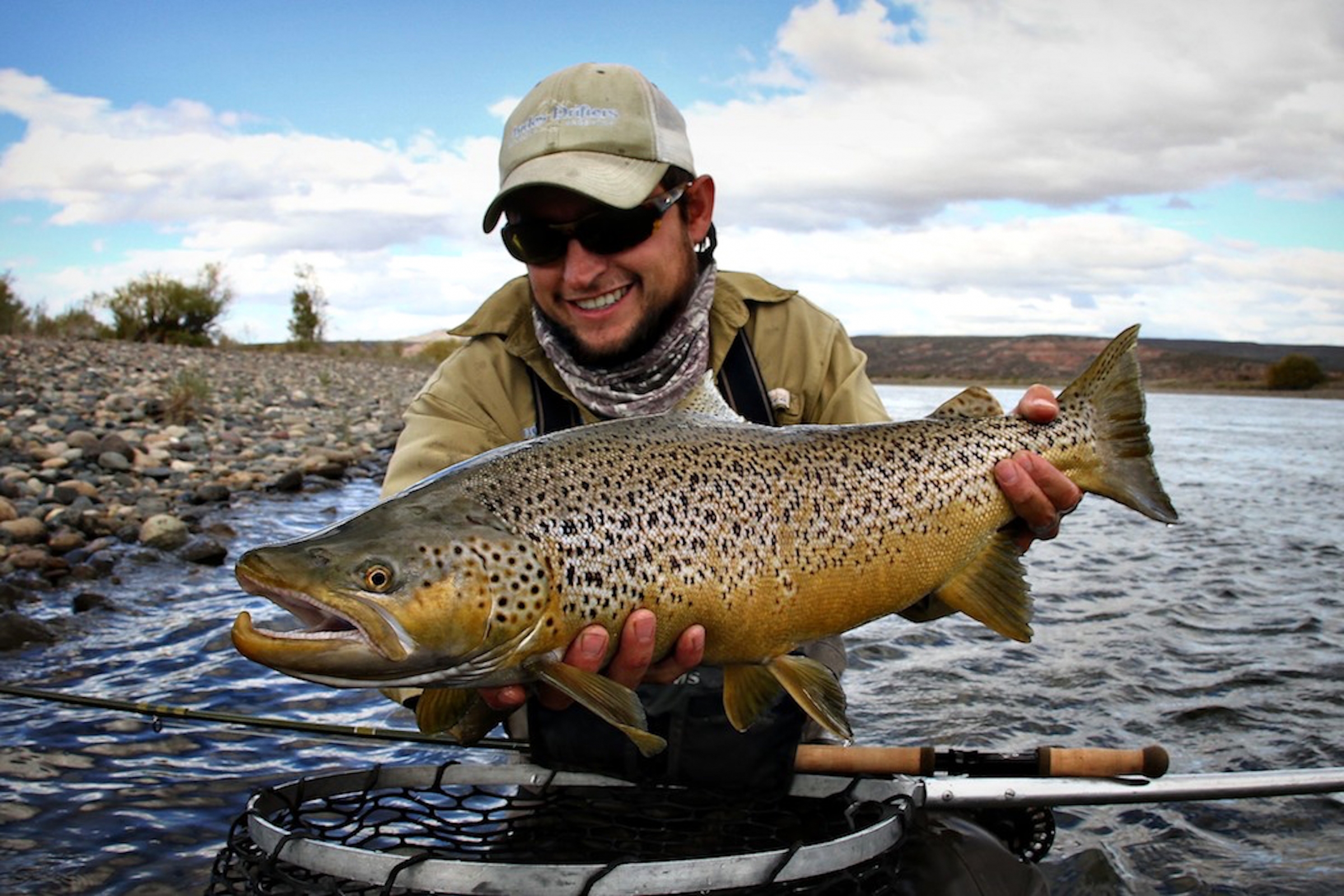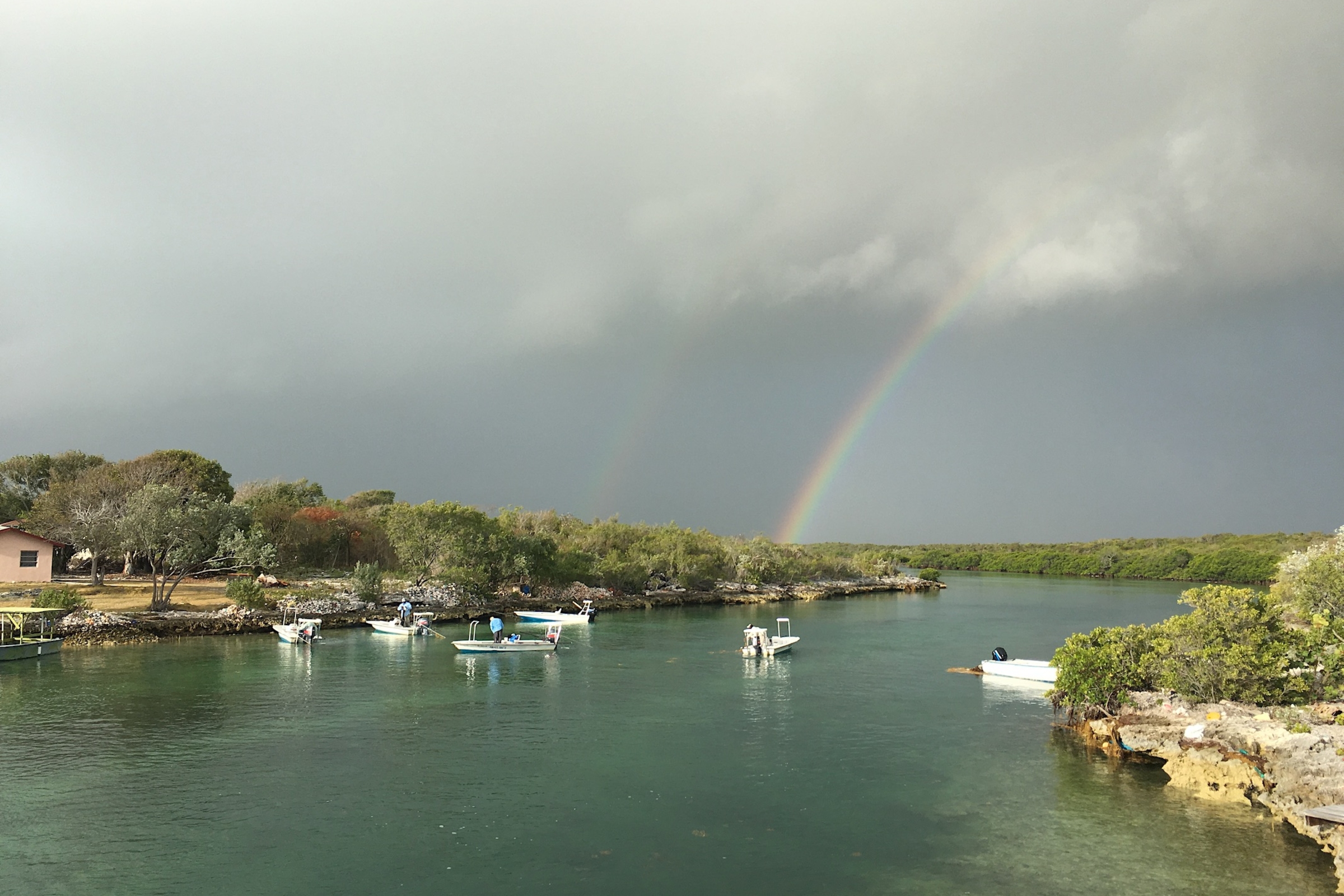I often hear people say that they do not like to nymph fish, that they prefer to dry fly fish. I agree that it is AWESOME to catch a lot of fish on dries, however 85% or more of a trout’s diet is what it finds under the surface of the water to eat.
I feel that most people do not like to nymph fish because they are not successful with it. Here are five tips to help you become a better nymph fisherman:
Add a lot more weight. Most anglers think that a small shot or a bead head is often enough weight. This will rarely sink more than a few inches in the turbulent current found in most rivers. For instance, last week on a trip we were fishing a number 4 shot above two tungsten bead nymphs and a number 6 shot in between the nymphs.
Add weight between your flies. If you fish two nymphs and the lead fly is not weighted, be sure to add weight in front of it and between the flies. If you do not add any weight, the lighter fly will often get washed ahead of the weighted fly and a fish can eat it without ever stopping the drift. With weight in front of the second fly, it seldom gets washed ahead of the first fly and you will miss fewer strikes.
Watch for the strike. If you try and fish without an indicator, you will feel only about one out of every hundred fish that strike your fly. You need to have a way to visualize your strike. Most commonly used are strike indicators. However the really good fishermen have learned to watch their line or the knots on a knotted leader just as if it were an indicator for a strike.
Set the hook. When I am guiding, I am amazed by the number of fishermen that tell me it was the bottom when their indicator bobbles. Sure sometimes it is, but I see countless times on a trip that I know it was a fish and when I yell “set,” the client says “no it was the bottom.” Usually when you hook the bottom it does not turn loose until you force it to do so.
Wait on your cast. The other factor a lot of people do not like is that they tangle up a lot more with nymphs. This is due to the weight of the flies that you are throwing. You have to make yourself slow down and wait on your back cast.
I hope these tips help you on your way to becoming a better nymph fisherman.
Good Fishing,
Kevin


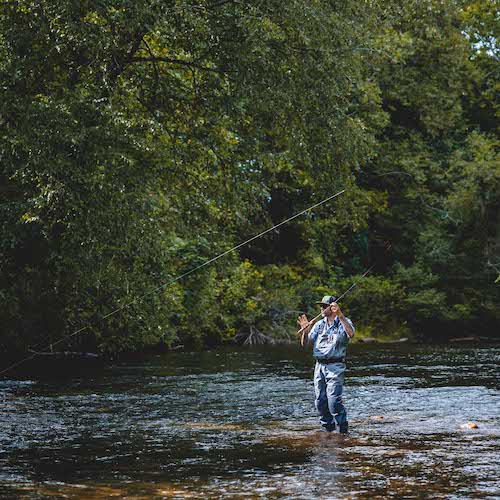 Stream Report
Stream Report Seasonal Hatches
Seasonal Hatches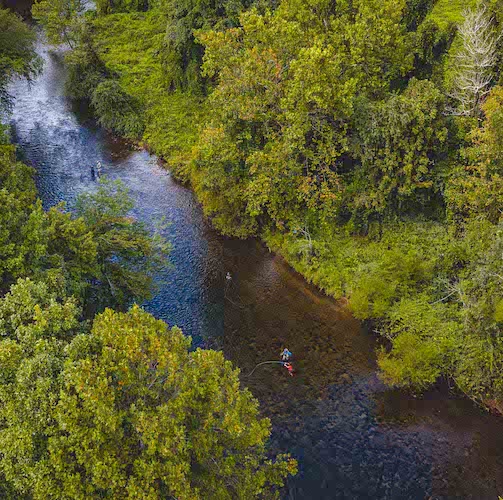 Stream Guide
Stream Guide2029163428.jpg)
